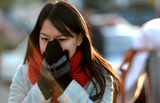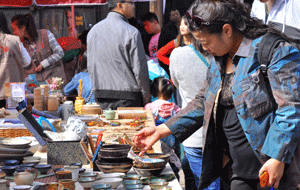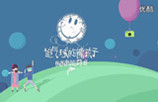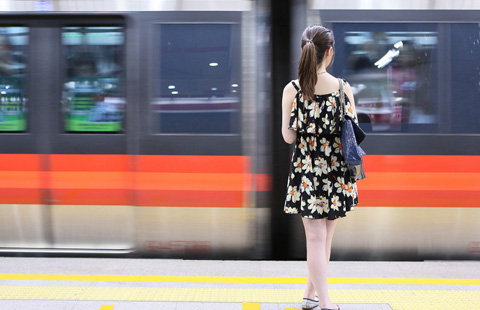Names of hutong recall both common folk, elite
By Xiao Lixin (China Daily) Updated: 2014-12-01 07:32
There is an old saying that circulates widely in Beijing: "There are 360 hutong with names, and countless nameless ones". It accurately reflects the state of things in a city densely covered by hutong within its central areas.
The term hutong first appeared during the Yuan Dynasty (1271-1368) with the original meaning of "well" in Mongolian. From the earliest days, the names of hutong were mostly spread by word-of-mouth. It was not until the early 20th century that the names started to be recorded and written on labels placed at hutong entrances.
Generally speaking, Beijing's hutong were mostly named for governmental agencies, palaces or temples, warehouses or workshops, bridges, river courses, markets, commodities, family names, natural scenery and the like. Many of the names are still in use today.
As Beijing was the capital of the Yuan, Ming and Qing dynasties, some of its hutong, such as Zhiranju (weaving and dye house for royal families), were located near the seats of imperial power, including government agencies. For example, Dongchang hutong is the former workplace of the jinyiwei, a network of secret police under direct orders from the emperor beginning in the Ming Dynasty.
Meanwhile, Beijing hutong are also named for ordinary folk - in even larger numbers than those named for people of high rank. Alleys where craftsmen lived and conducted business became known through the visits of local citizens, and hutong sprang up in those areas. For example, Doufuchi hutong, according to folk legend, is the former residence of a well-known bean curd shop owner surnamed Chen.
About 30 hutong have escaped major name changes since the Ming Dynasty - for example, Menlou, Rongxian, Songshu and Shijia. Some others have had their name changed as dynasties turned over, some even five or six times.
For example, the Caishikou hutong was called Shengjiang (craftsman of rope) back in the Ming Dynasty. The name changed during the rule of the emperor Qianlong of the Qing Dynasty to Shenxian (the immortal) as the pronunciation is similar. It changed again to Chengxiang (prime minister) hutong later. In 1965 it got its current name, Caishikou, after the execution place in the neighborhood during the Qing Dynasty.
Some of these hutong names have lost their original meaning.
Liulichang is no longer the street of a renowned glaze factory (liulichang in Chinese). One was in production during the Ming Dynasty that made glazed tiles for palaces, temples and officials' residences. Now it is a well-known cultural district in downtown Beijing best known for a group of traditional Chinese stone dwellings offering various crafts, art and antiques for sale.
xiaolixin@chinadaily.com.cn
(China Daily 12/01/2014 page7)
- 154 'foxes' surrender before deadline
- Tolerance ends, HK chief vows
- Expansion of pollution monitoring on the way
- AIDS pandemic has reached tipping point, campaigners say
- Spot corruption, send a text
- HK detains 40 protesters for scuffles with police
- China investigates senior Xinjiang security official for graft
- CPC sends out inspectors in new round of anti-graft checks
- China to allocate more funding for HIV/AIDS
- Interest in civil service declines







